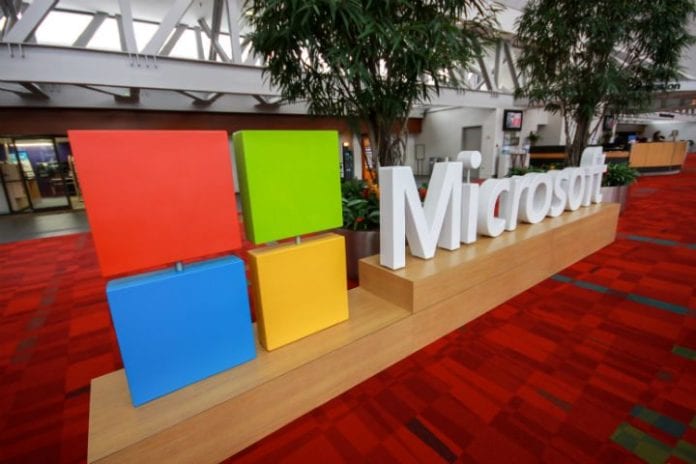Project Volterra debuts, Qualcomm Snapdragon-based AI dev kit
Holding its annual Build developers conference virtually this year, Microsoft has put new AI and cloud development tools front and center both inside of Azure and out, and has also introduced Project Volterra, a Windows-on-Arm developer kit based on Qualcomm’s Snapdragon processor.
Microsoft announced a new custom service for developers called Microsoft Dev Box. Dev Box builds on Azure Virtual Desktop, Microsoft’s cloud-based desktop and app virtualization service. Conceptually similar to Windows 365, Dev Box integrates apps and services designed for developers.
The service – now in private preview, but expected to be released later this year – helps developers spin up pre-configured virtual systems comprising whatever Integrated Development Environment (IDE), Software Development Kit (SDK) or developer tools running on top of Windows. By gathering all the tools and dependencies needed to build and run apps, developers using Microsoft Dev Box can run and debug code without having to debug their workstation first or waiting for long rebuilds, according to the company.
“Microsoft Dev Box ensures unified management, security, and compliance stay in the hands of IT by leveraging Windows 365 to integrate Dev Boxes with Intune and Microsoft Endpoint Manager,” explained Anthony Cangialosi, group program manager at Microsoft.
Microsoft said it’s making AI easier to use and easier to solve problems with new features in Azure, like a new feature within Azure Machine Learning called the responsible AI dashboard, which combines data explorer, fairness, model interpretability, error analysis and counterfactual and causal inference analysis. This will help developers debug and make better data-informed decisions, said Microsoft.
The company also updated Azure Cognitive Services with OpenAI models used for writing assistance, code generation, and making sense of unstructured data, said Microsoft. Azure Cognitive Service for Language can summarize documents and conversations and more.
AI also factors in new partnerships Microsoft has announced with Meta, AMD, and open-source data science platform Hugging Platform. Meta and Microsoft are teaming up for Azure-based AI research using a dedicated cluster of 5400 GPUs featuring Nvidia’s A100 Tensor Core.
AMD’s flagship M200 GPU is going to be used for large-scale AI training on Azure, the first public cloud to deploy them, according to Microsoft. Microsoft is scaling the adoption of PyTorch, the open source machine learning framework, with new development accelerators optimized for AMD.
This year’s Build conference also sees Microsoft begin to expand support for Arm processors, at least in the service of developing better AI models and pioneering the development of Neural Processing Units (NPUs) – specialized processors which accelerate machine learning algorithms.
To that end, Microsoft took the wraps off Project Volterra, a mini-PC built around a Qualcomm Snapdragon System-on-Chip (SoC) microprocessor instead of one made by Intel or AMD. The product will launch later this year, said Microsoft.
“With Project Volterra, you will be able to explore many AI scenarios via the new Qualcomm Neural Processing SDK for Windows toolkit announced today by Qualcomm Technologies,” said Panos Panay, Microsoft Chief Product Officer, Windows and Devices.
Panay said Microsoft will deliver a corresponding a slew of updated Arm development tools for Project Volterra users, including Full Visual Studio 2022 & VSCode, Visual C++, Modern .NET 6 and Java, Classic .NET Framework, Windows Terminal, and WSL and WSA for running Linux and Android apps.

